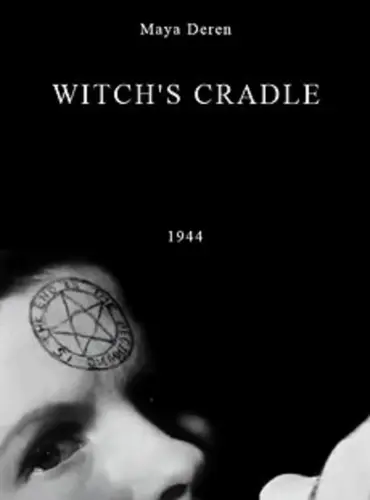Lists
















122 Movies
To see
Sort by:
Recent Desc
To see
More lists by Kristoferry



Seen in 2024
List includes: Breaking Away, Charade, Kind Hearts and Coronets
January 2024
0
@Kristoferry



Seen in 2023
List includes: Pumpkinhead, Le Samouraï, The Keep
April 2023
0
@Kristoferry



Seen in 2022
List includes: Play It Again, Sam, Point Break, The Thin Man
December 2022
0
@Kristoferry



Seen in 2021
Watched in 2021
October 2022
0
@Kristoferry



Seen in 2025
List includes: Julie & Julia, Ghost Dog: The Way of the Samurai, The Ninth Gate
January 2025
0
@Kristoferry



Movey flims
Favorite films in no particular order
October 2022
1
@Kristoferry